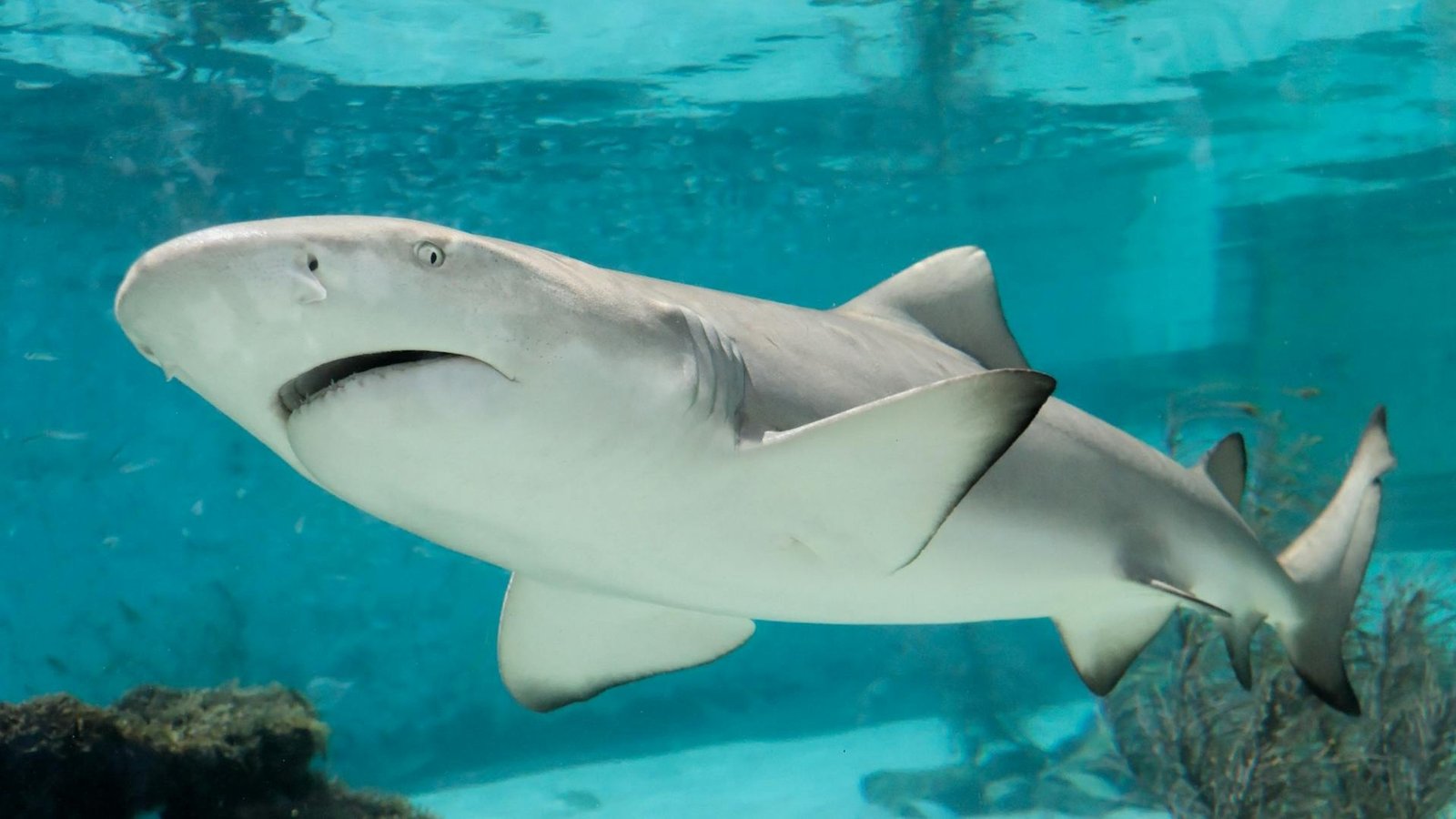Sharks use electroreception to hunt with remarkable precision, detecting the faint electrical signals emitted by other creatures. This unique sensory ability sets them apart as top predators in the marine environment. In this article, we explore how sharks use electroreception to hunt and how this sixth sense works in conjunction with other shark senses for supreme effectiveness in the ocean.
Understanding electroreception in sharks
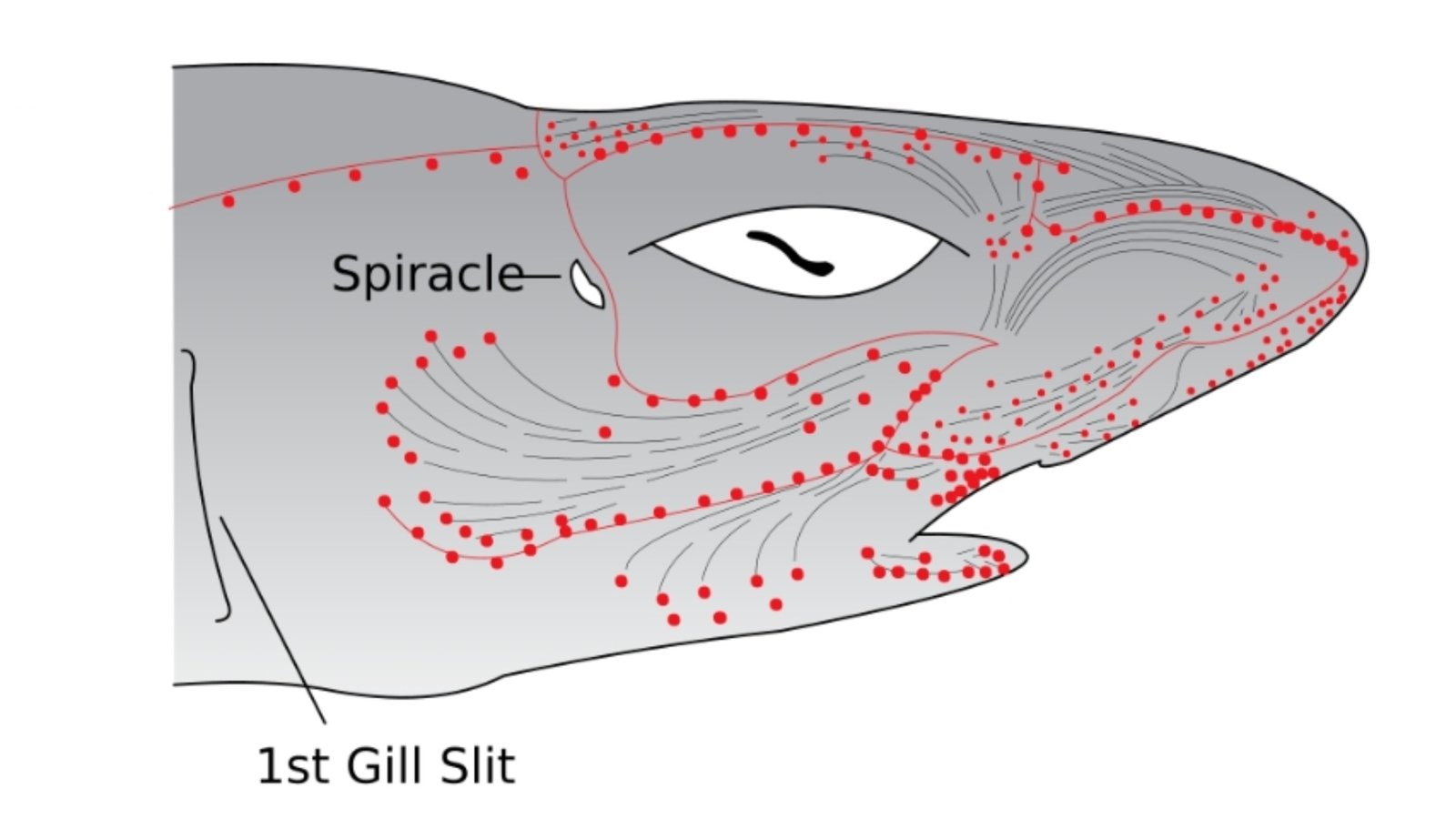
Electroreception is the biological ability to sense electric fields in the surrounding water. Sharks possess special organs called ampullae of Lorenzini, tiny jelly-filled canals that connect external pores to sensory cells deep inside the head. These organs detect minuscule electrical currents generated by the muscle contractions and bioelectric activity of prey. Because these signals are extremely weak, electroreception gives sharks an advantage in detecting hidden or motionless prey.
This sense is so sensitive that sharks can detect voltage changes as small as a billionth of a volt. While electroreception functions alongside other shark senses, it is particularly useful in low-visibility conditions or when prey is concealed under sediment.
Structure and function of the ampullae of Lorenzini

The ampullae of Lorenzini are arranged mainly around a shark’s snout, with the highest concentration in species that rest on or hunt near the ocean floor. Each ampulla links a pore on the skin’s surface to a jelly-filled canal ending in a cluster of sensory cells. The jelly acts as a conductor, transmitting electrical signals from seawater to the sensory cells, which then send information to the shark’s brain.
Depending on the species, a shark can have hundreds to over a thousand ampullae. Sharks, such as hammerheads, have specialized head shapes that increase their electroreceptive range. This sensory network provides an internal electric map, enabling sharks to locate prey even when sight and smell are limited.
Locating prey hidden in sand or under debris
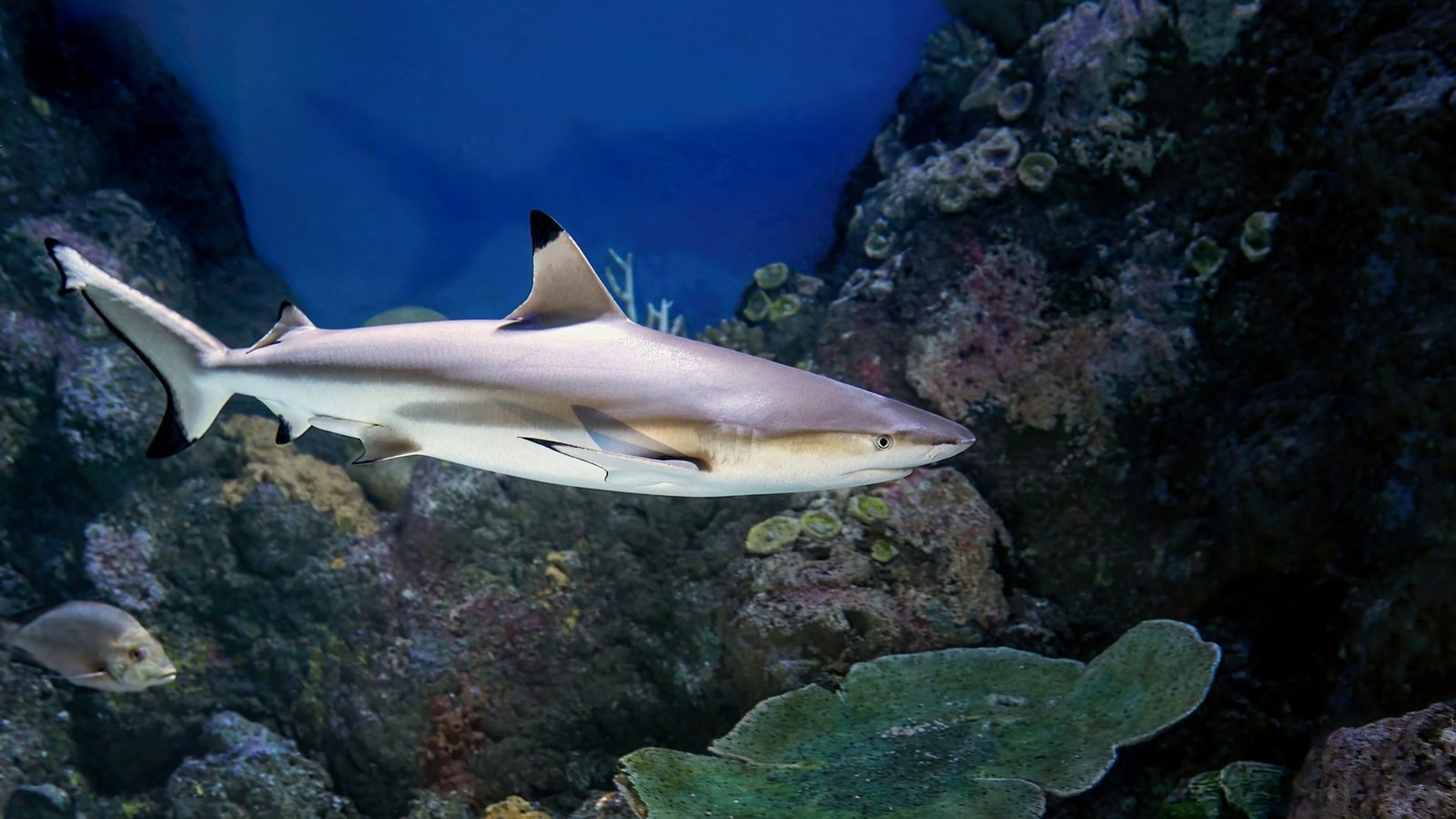
One of the most impressive hunts involves prey hidden under sand or buried in sediment. Rays and crustaceans often camouflage beneath the seafloor, making visual or olfactory detection difficult. Sharks use electroreception to detect the electrical signals generated by the movements and the heartbeats of their prey
Once a target is detected, a shark sweeps its snout over the area to pinpoint the exact position before striking. This method allows sharks to uncover hidden prey with minimal effort. It also conserves energy by reducing time spent searching and improving strike accuracy.
Nighttime and murky-water hunting strategies

Electroreception shines when visibility is obscured by darkness or murky water. During the night or after storms, sharks rely less on vision and more on electrical cues to locate prey s,uch as sleeping fish and bobottom dwellersThe combination of senses allows sharks to approach silently and land surprise attacks, even in complete darkness.
Diffused electrical trails guide sharks to their targets, while electroreception confirms location at close range. This layered sensory approach explains why sharks can hunt efficiently in diverse conditions.
Precision targeting in the final strike
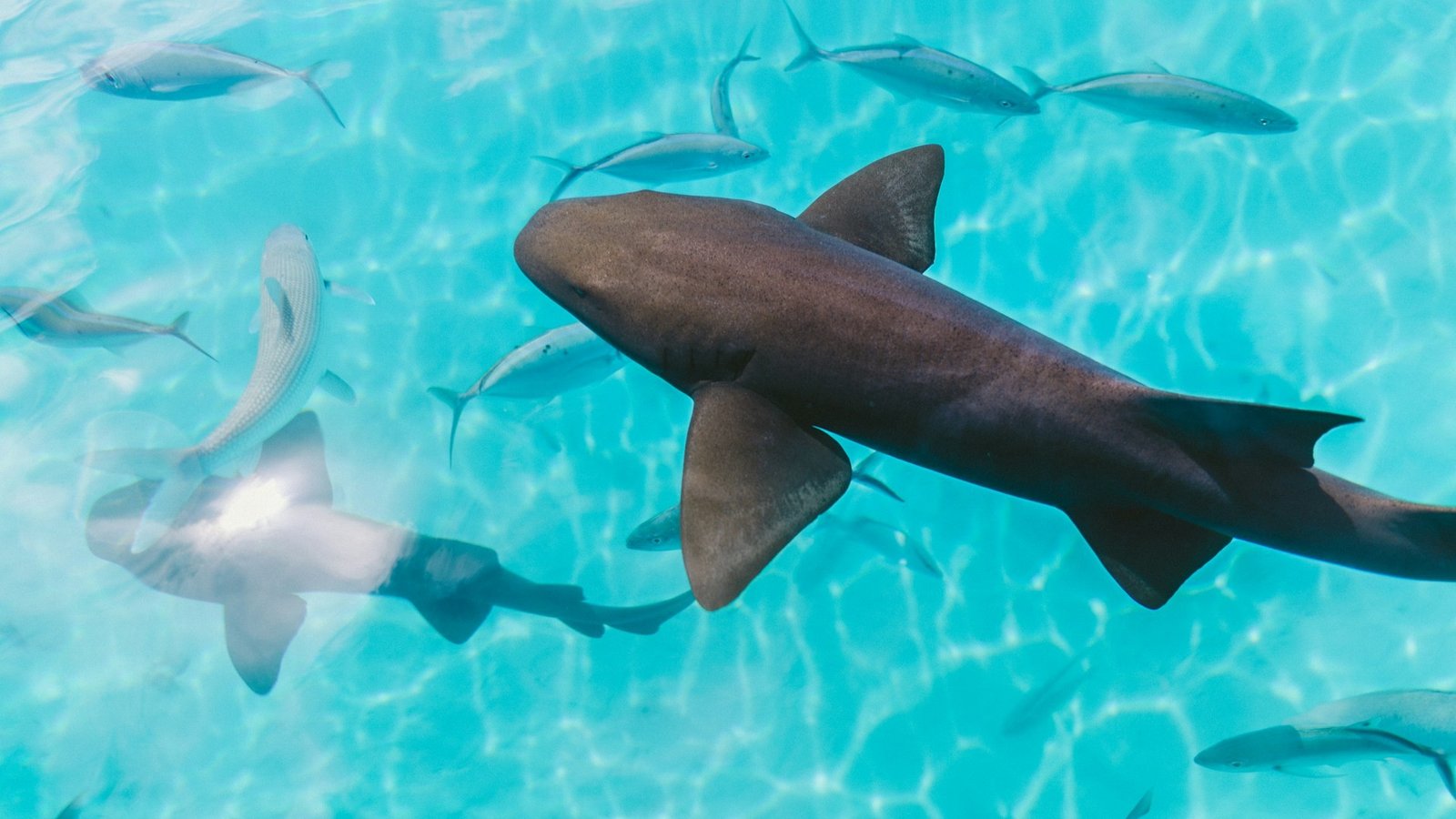
As sharks close in on prey, electroreception becomes crucial during the final moments of the hunt. Some species such as great whites and nurse sharks retract or close their eyes while focusing on their ampullae.
Scientists have observed sharks targeting artificial, weakly electric sources, demonstrating how they rely on this sense for accuracy rather than relying solely on smell or vision. This final targeting approach ensures maximum efficiency, reducing wasted energy and missed captures.
Coordination with other shark senses

Electroreception does not work in isolation. Sharks also use their sense of smell to detect blood or chemicals from prey at a distance, their lateral line to sense vibrations in the water, and their vision for final targeting. Together, these senses form a multimodal hunting system.
Electroreception supplies the exact location in the final approach, while smell and pressure detection guide sharks toward potential targets. This multimodal coordination allows sharks to hunt effectively in all conditions.
Role of electric senses in navigation
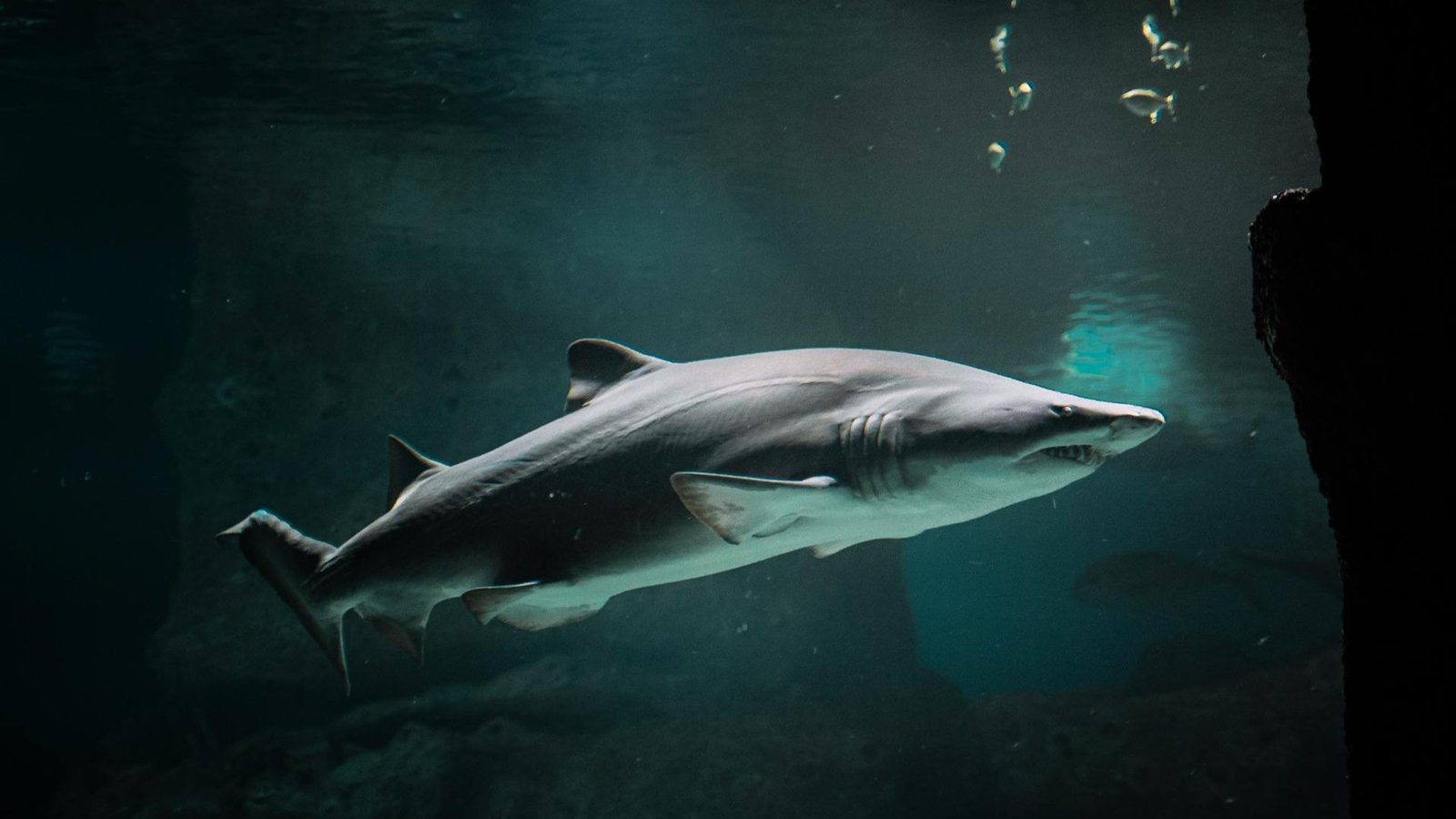
Sharks exploit electroreception for more than just hunting. They can detect faint electric currents generated by Earth’s magnetic field as it passes through seawater. This helps them navigate across vast ocean distances toward feeding and breeding grounds.
Scientists believe sharks use this form of magnetoreception to maintain their migratory routes and orientation. Their sensory toolkit thus serves both feeding and navigation, enhancing survival and reproductive success.
Variations among shark species
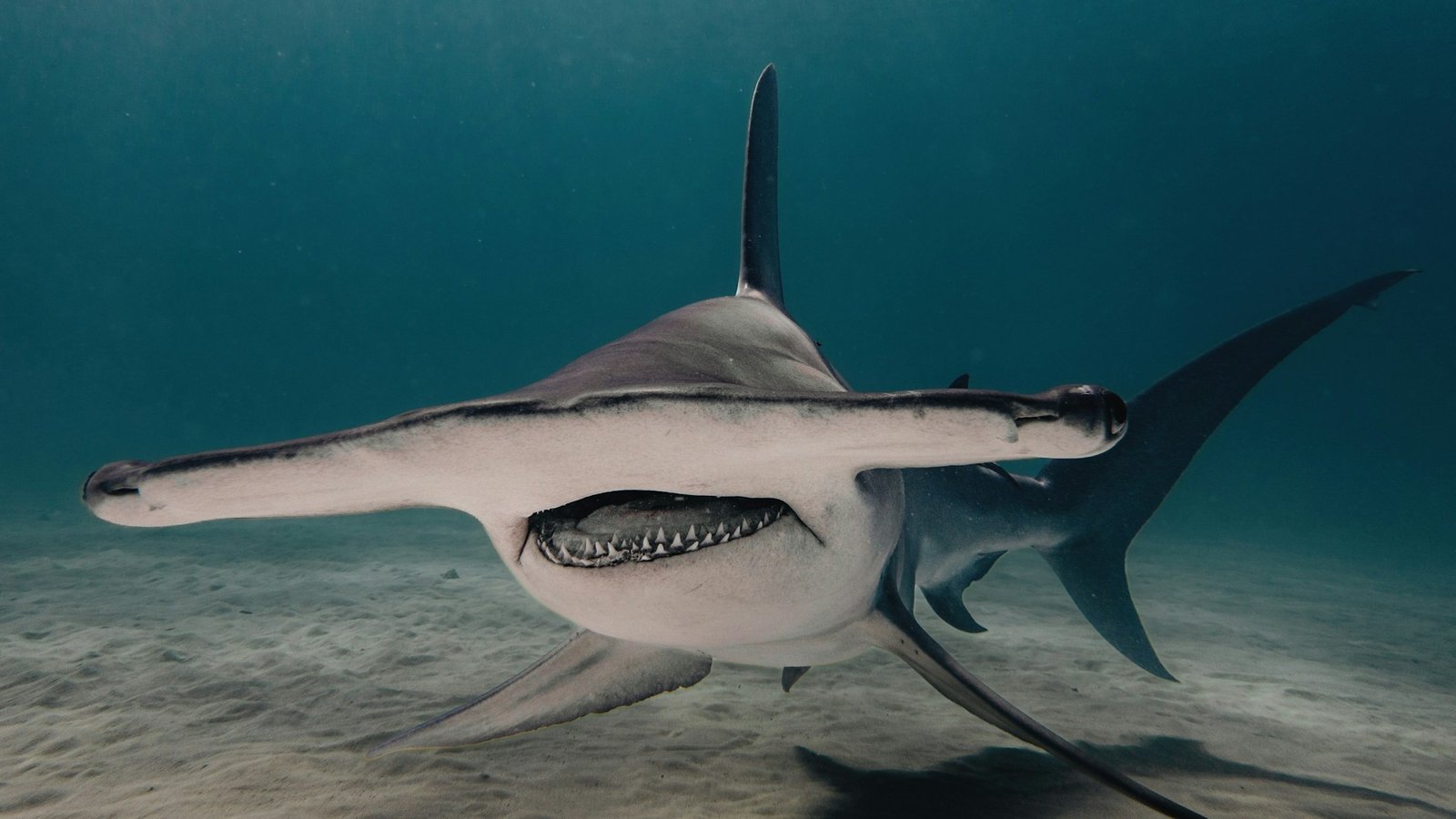
Different shark species use electroreception differently. Benthic species like wobbegongs and nurse sharks have dense ampullae fields and use them to probe crevices. Pelagic species like mako sharks use electroreception primarily at the strike’s final stage.
Hammerhead sharks’ wide, flattened heads give them an electroreceptive advantage, enabling them to scan the sea floor in a wide arc. These variations reflect adaptations to diverse environments and prey styles, showing how evolution has fine-tuned electroreception across shark families.
Evolutionary background in shark sensory systems

Electroreception evolved from the lateral line system, which detects pressure changes in the water. Ampullae canals share developmental pathways with lateral line canals. This evolutionary adaptation turned pressure sensors into electric detectors.
Today’s sharks carry both systems, working together to gather sensory information. This evolutionary path highlights how simple ancestral systems developed into advanced sensory organs.
Research and modern discoveries
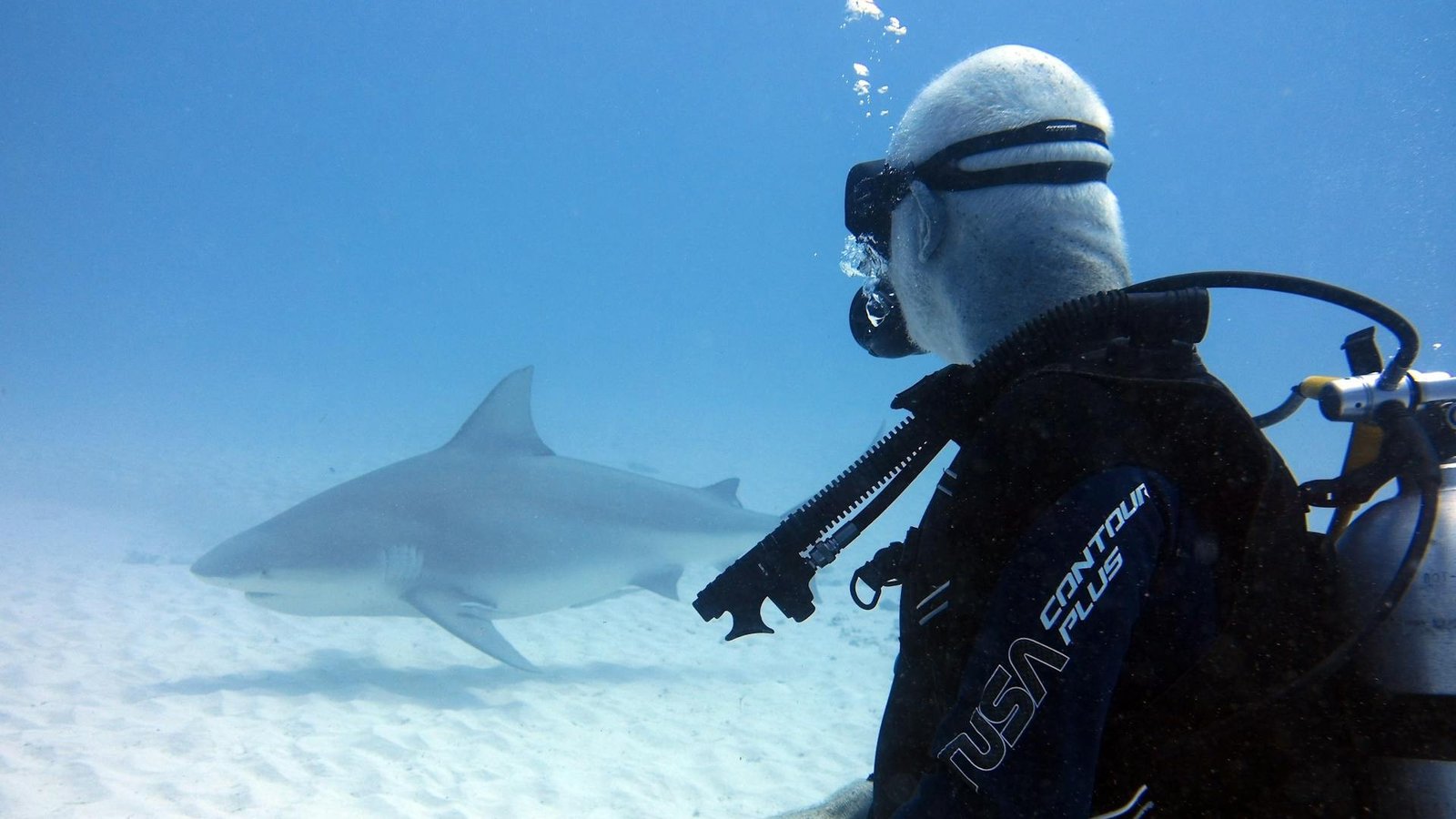
Scientific studies of shark electroreception have evolved in tandem with the advancement of technologies. Laboratory setups simulate electric fields and monitor shark responses. Field studies use controlled electric pulses in the ocean to observe natural behavior.
Research also investigates how sharks sense magnetic fields, providing insight into their navigation and migration. These insights are expanding our understanding of shark sensory biology. Such research supports conservation efforts by clarifying the impact of human-made electrical noise on hark behavior.
Conservation implications and human interactions

Electroreception plays a role in shark-friendly technologies. Electric field devices can deter sharks from swimming or fishing areas without harming them. On the other hand, human structures like submarine cables and sonar systems may generate interference that disrupts sharks.
Conservation strategies now take these sensory sensitivities into account to protect shark feeding and migratory behavior. Understanding shark sensory systems helps design habitats and vessels that minimize disruption to shark populations.
Protecting sharks through sensory awareness
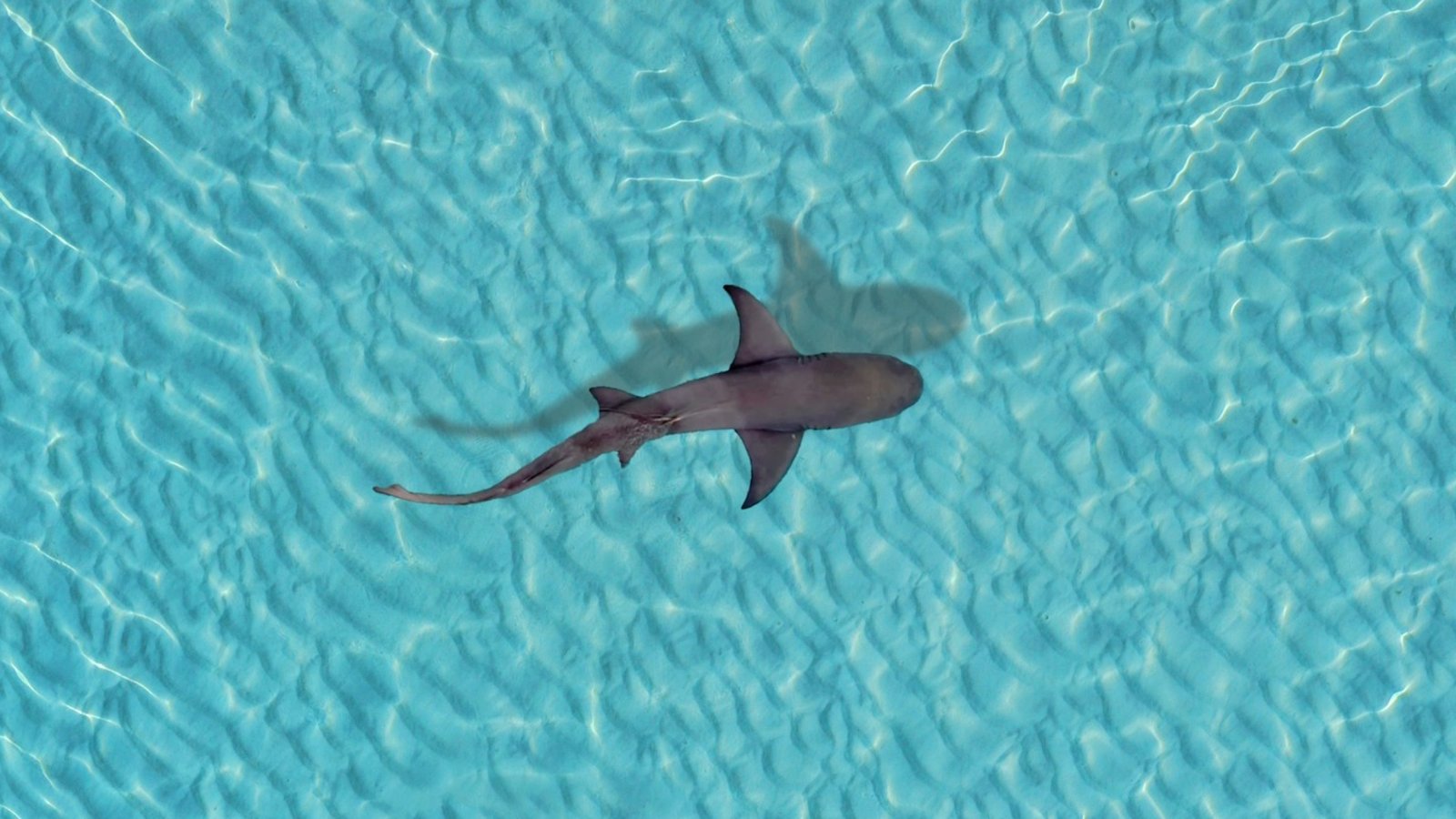
Awareness of shark electroreception further promotes shark conservation. Regulation of electromagnetic noise and protection of feeding grounds preserve natural hunting behavior. Education programs can explain the importance of sensory preservation for shark welfare and ecosystem health. Protecting shark sensory systems supports broader conservation efforts in the ocean. Responsible technology and policy can ensure sharks retain their abilities to hunt and navigate effectively.
Final Thoughts

Electroreception enables sharks to hunt with extraordinary efficiency. By sensing hidden electric fields, sharks locate prey buried in sediment, strike in darkness, and target their prey with precision. Combined with smell, pressure detection, and vision, this sensory combination makes them fearsome marine hunters. Understanding how sharks use electroreception to hunt reveals their evolutionary complexity and underscores the importance of conserving their sensory environments. Continue exploring shark senses and behavior to gain a deeper understanding of these extraordinary marine reptiles.

